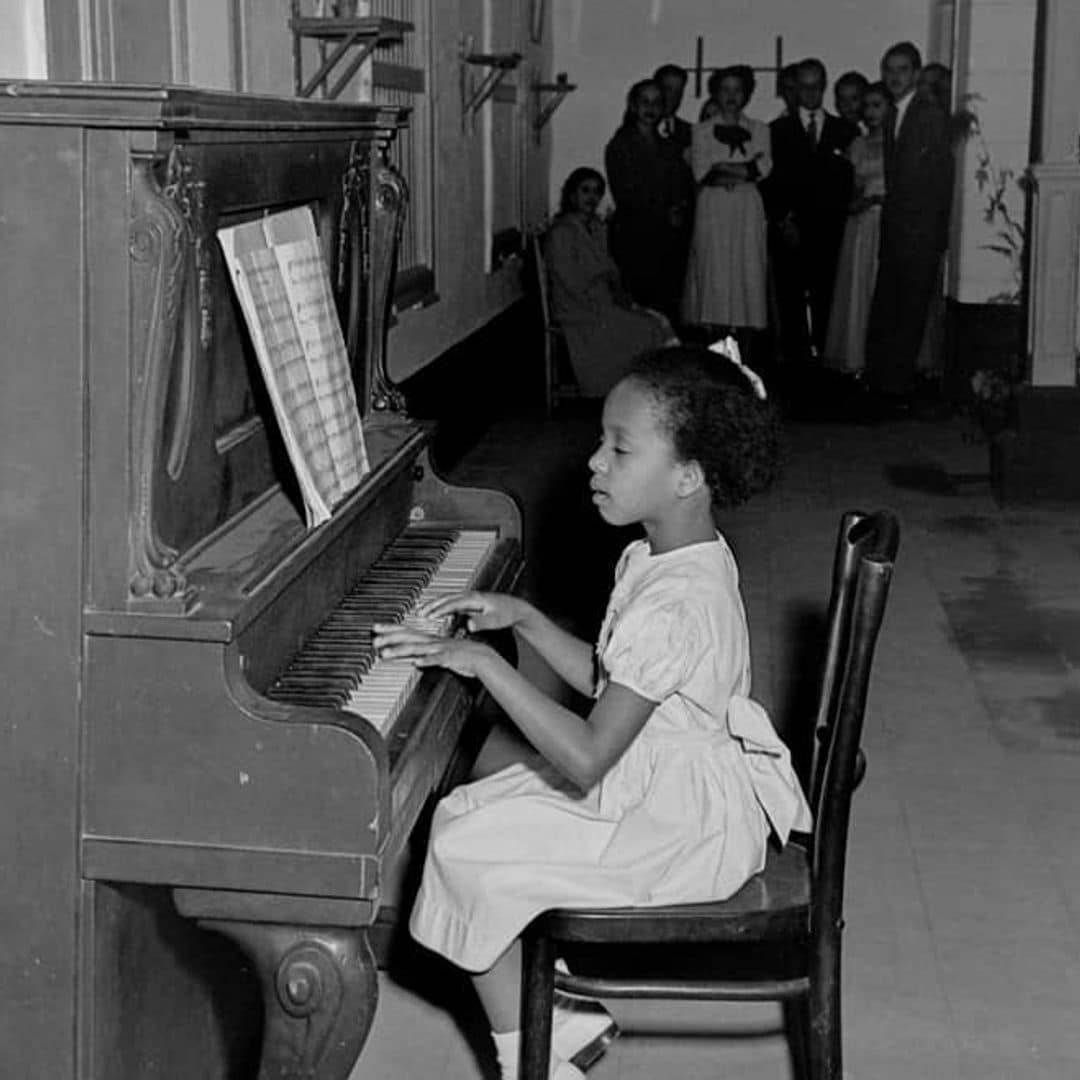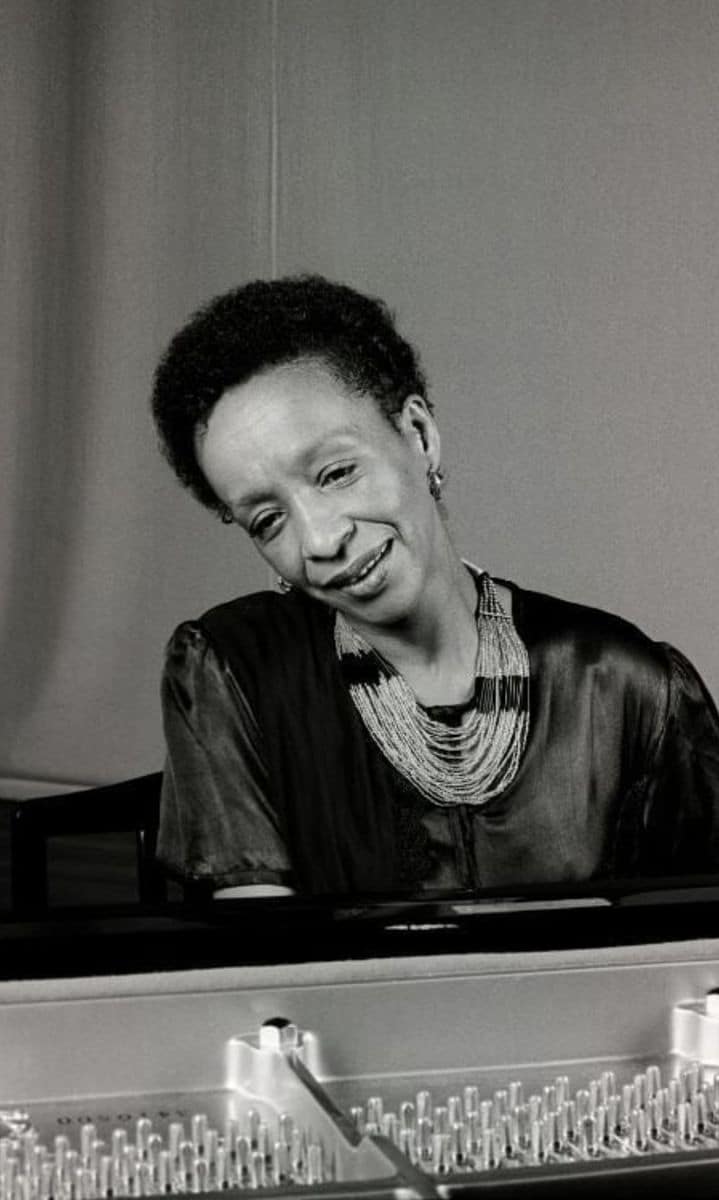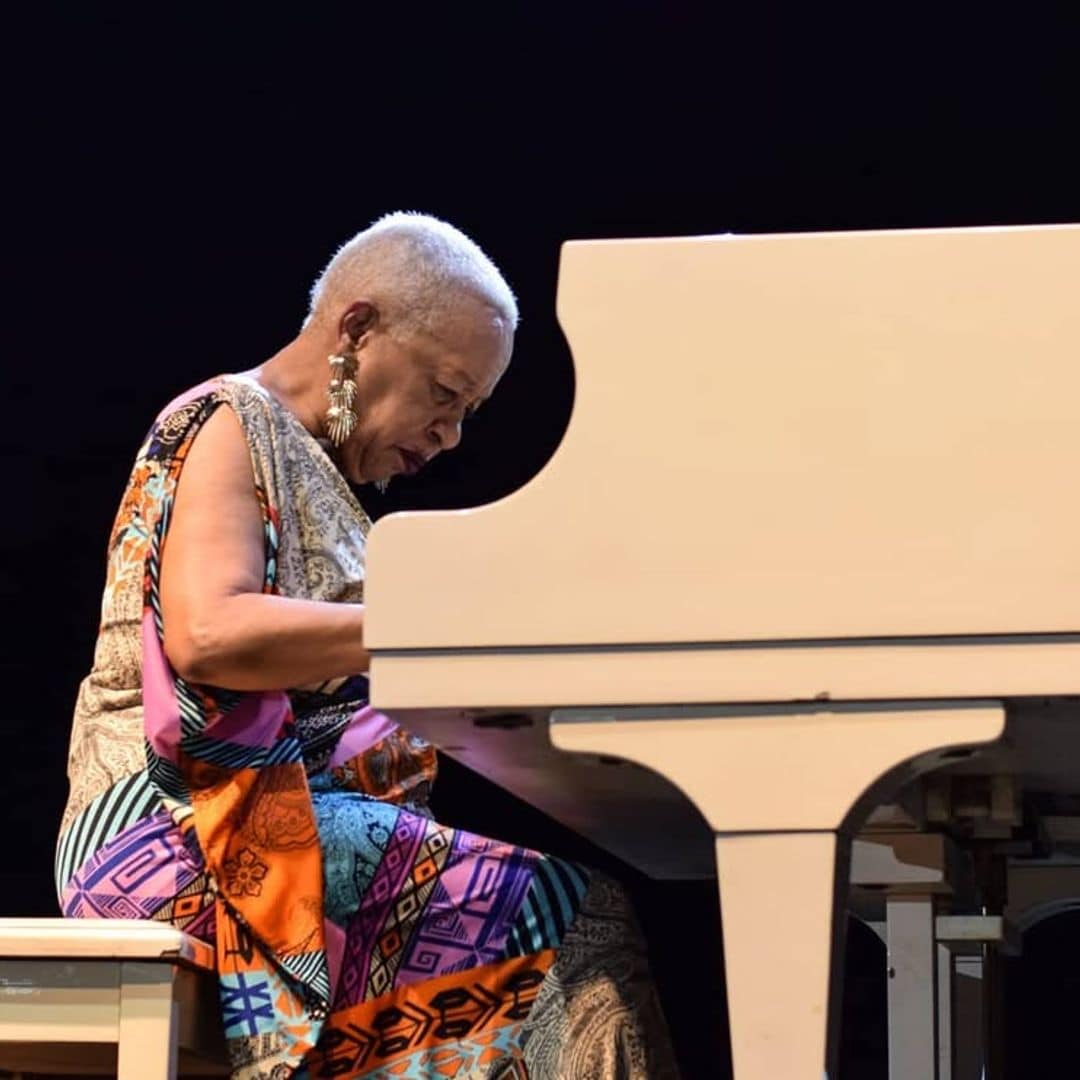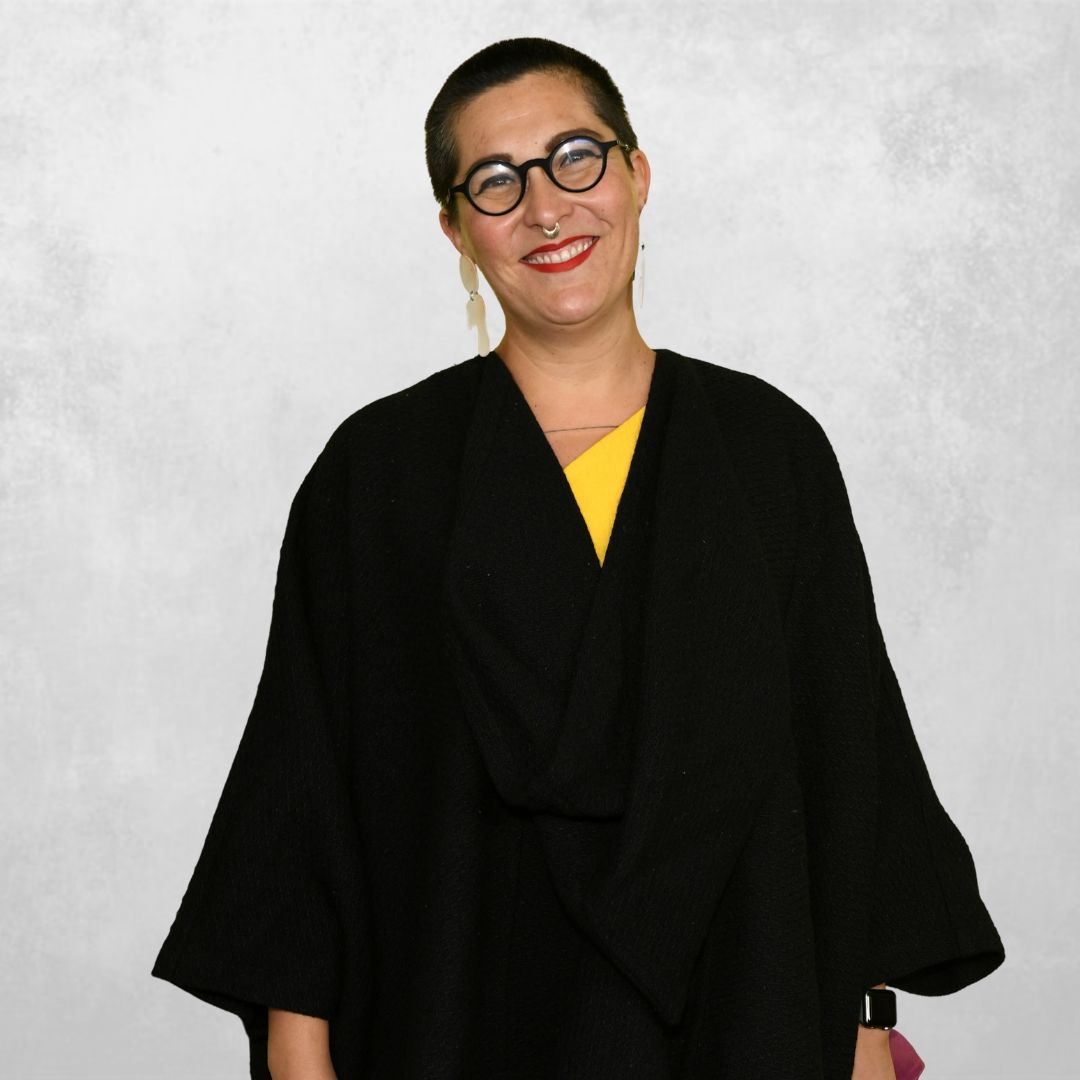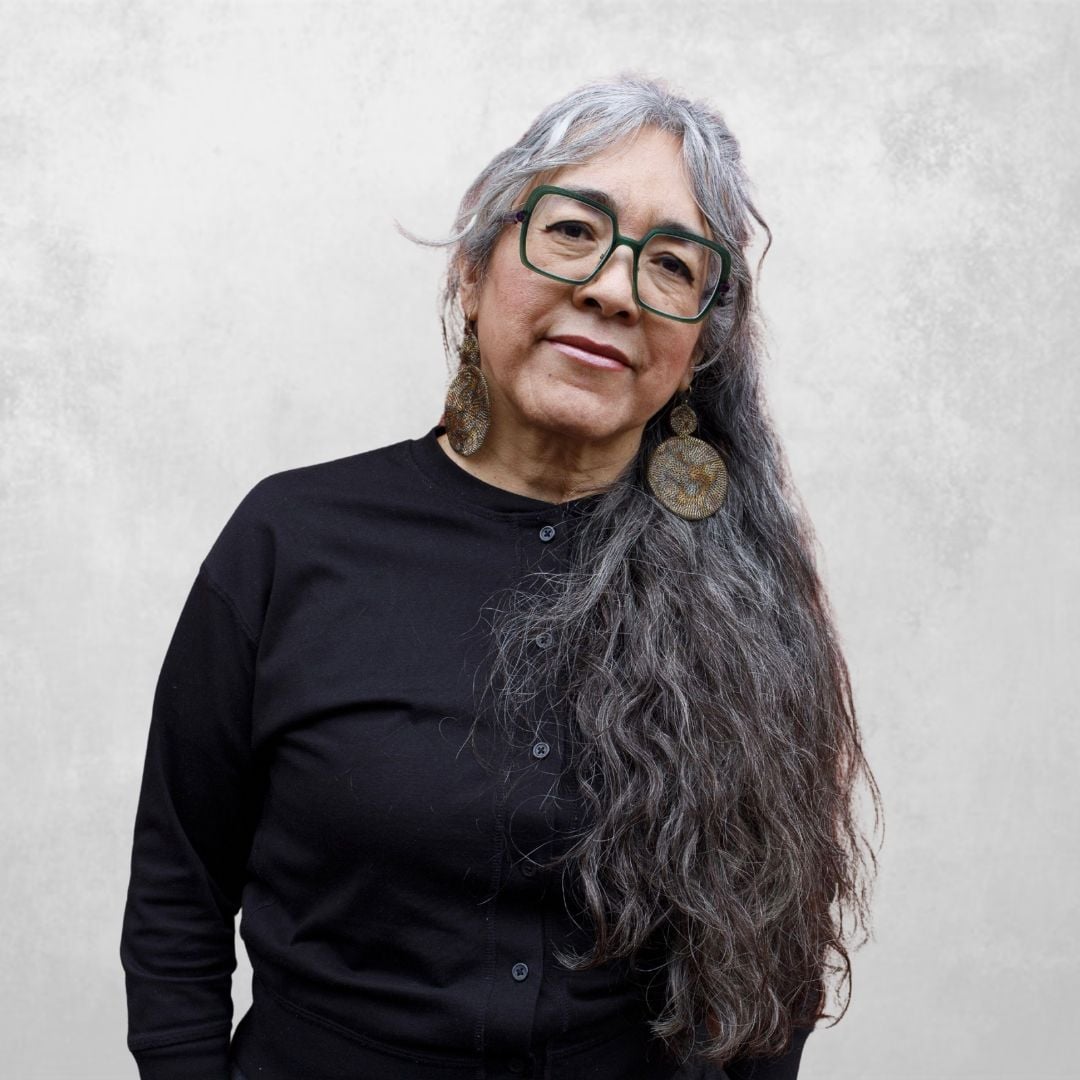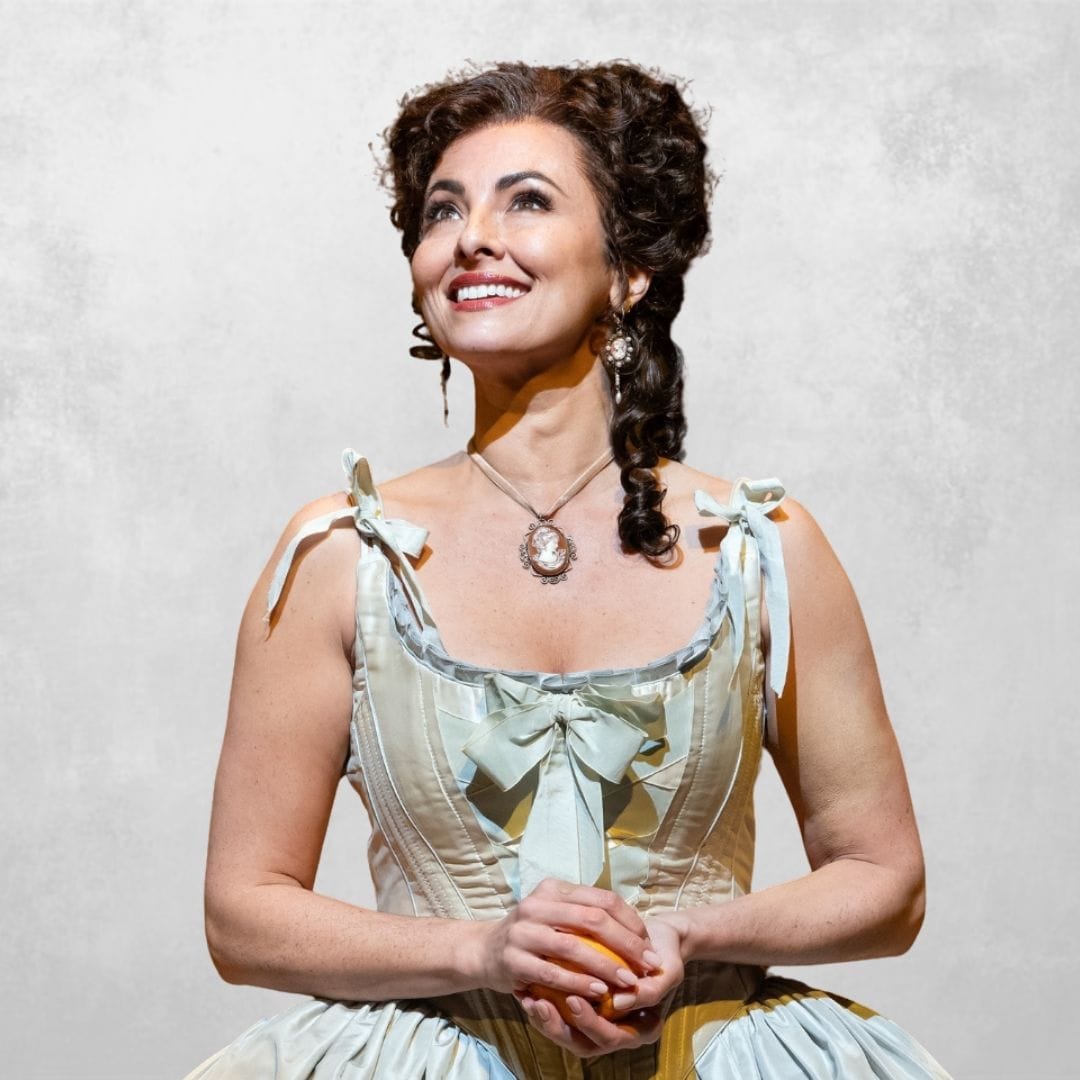Teresita Gomez is a personality who's beloved by generations. Her extraordinary life is a tribute to talent, strength, and grace in the face of adversity. Few figures in Colombian culture inspire as much admiration as she does. Gomez is considered a national treasure and one of the country’s most celebrated classical pianists. But beyond her accomplishments on the stage, her story is one of resilience, overcoming racial discrimination to ultimately become a symbol of grace and talent.
Born Maria Teresa Gomez Arteaga on May 9, 1943, in Medellin, the nickname Teresita was adopted shortly after her birth by Valerio Gomez and Maria Teresa Arteaga, caretakers of Medellin’s Palacio de Bellas Artes. Teresita's life was marked from an early age by the harsh realities of racial prejudice. She wasn’t allowed to play with the neighborhood's children or to attend their birthday parties. At 15, she was denied entry into a convent school because of her skin color.
Yet none of that dimmed her spirit. As a child, Teresita fell in love with the piano, learning to play by watching and listening to lessons. When she was four years old, she began her formal piano studies under the guidance of her teachers Marta Agudelo de Maya and Anna María Penella, at the Institute of Bellas Artes. When she was ten, she gave her first solo concert as a piano prodigy.
Determined to pursue her passion, Teresita went on to study the piano at Colombia’s National University under the Russian pianist Tatiana Goncharova and the German professor Hilde Adler from 1959 to 1962. She later studied with Harold Martina at the University of Antioquia, and in 1966, graduated summa cum laude as a Concert Pianist and Master Teacher.
“People don't love me because I'm a great pianist; they love me because I put my whole soul into the music. Like Chavela Vargas used to do with her singing. I play classical music with Chavela’s heart."
Her illustrious career includes performances with the Colombian Contemporary Music Ensemble, the Frank Preuss Trio, and the Bogotá Quintet. She also served as a pianist for the Medellín Opera and the Colombian Opera. A highlight of her solo career occurred when she premiered the second piano concerto by Italian composer Carlo Jachino, dedicated to Colombia, with the Colombian Symphony Orchestra.
In the 1980s, the then-Colombian president Belisario Betancur appointed Teresita as Cultural Attaché at the Colombian Embassy in the German Democratic Republic, where she promoted Colombian music throughout Europe. Despite the prestige inherent in her position, racism continued to affect her in the Embassy, where an ambassador once questioned if she could read or write.
Despite it all, Teresita chose not to fight with words.
“If you confront people directly, you go down the wrong path. Silence is one of the strongest defenses. In the face of something so harsh, staying quiet can disarm the other."
Her wisdom matches her grace in adversity. “Racism is often amplified by how we respond to it. You can dismantle someone’s racism. I’ve done it a thousand times,” she said.
Outside of music, Teresita found peace and strength in Buddhism, especially during the most painful moments of her life, like the loss of her youngest son, Vladimir, in the '90s, or the hand surgery she had to get, which nearly ended her career.
“I had to relearn how to move my fingers. The strength was gone, my speed slowed, and it hurt a lot. I kept confusing left from right—it was a nightmare,” she revealed in an interview with Matacandelas.With a magnetic presence, an extraordinary gift for the piano, and a soul full of warmth and wisdom, Teresita Gomez has earned the title of one of Colombia’s most beloved classical artists—a true icon of strength and inspiration.
,type=downsize)

